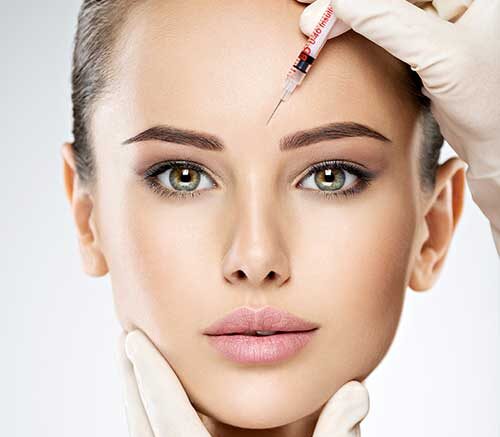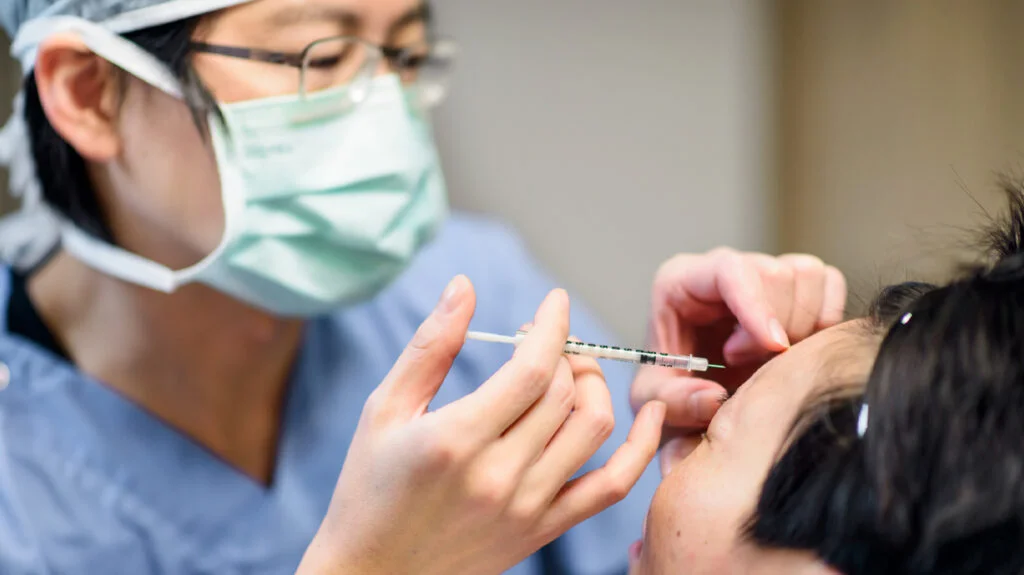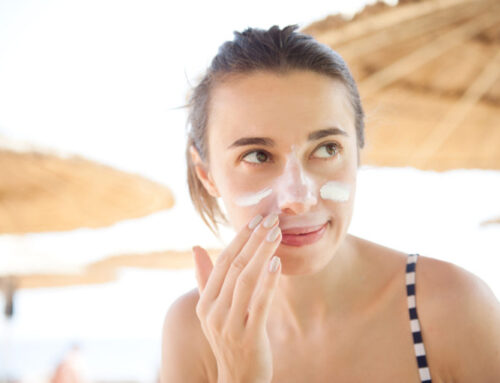
Definition of Botox: Understanding its Uses and Origins
Definition of Botox is the name of the first registered brand of botulinum toxin used for cosmetic treatments. Another registered brand is Dysport. Both of these brands are used in South Africa. Internationally, there are other botulinum toxins registered for use. However, it is important to note that the term “Botox” is often mistakenly used as a generic term to encompass all forms of aesthetic treatments.
It is crucial not to confuse the definition of Botox or other botulinum toxin treatments with fillers, surgical threads, or plastic surgery. Botulinum toxin is a neurotoxin produced by a bacterium called Clostridium botulinum, which is known to cause food poisoning. Botulism, a rare and potentially fatal disease, is associated with this toxin. However, it is fascinating that this once-poisonous substance is now synthesized and used therapeutically across various medical disciplines for an expanding range of indications.
The “Lightbulb” Moment In the 1980s, botulinum toxin was initially approved to treat conditions such as blepharospasm and strabismus. The accidental discovery of its wrinkle-reducing properties occurred when a husband-and-wife team of ophthalmologists, Jean and Alastair Carruthers, noticed that patients treated with botulinum toxin had fewer wrinkles in the treated areas. Despite facing skepticism initially, in 2002, the United States Food and Drug Administration (FDA) approved Botox for the treatment of frown lines, followed by crow’s feet and forehead lines.

How Does It Work?
Botulinum toxin is injected into muscles, leading to their temporary paralysis or weakness. This results in reduced muscle contractions and, in terms of cosmetic purposes, decreased wrinkling of the overlying skin. It can also be injected into the skin to reduce excessive sweating caused by sweat glands.
The toxin functions by inhibiting the release of the enzyme acetylcholine at the neuromuscular junction and in sympathetic and parasympathetic neurons.
It’s important to note that the effects are temporary. Muscles typically recover their function within 3-4 months, allowing them to contract again. If you’re unhappy with the results, it’s reassuring to know that they will naturally reverse within this time frame. However, to maintain the desired effect, botulinum toxin needs to be reinjected every 3-4 months.
Regular injections can lead to softening of wrinkles or hyper-dynamic lines caused by repetitive muscle movements, resulting in smoother skin. Additionally, hypertrophied muscles can decrease in size with consistent treatments. Excessive sweating due to hyperactive sweat glands may also be reduced in the treated areas, with the duration of effect varying from three months to a year in different reports.
It’s important to note that botulinum toxin does not treat wrinkles or creases that are not caused by muscle movement. The definition of Botox means it will not address static lines that form from repeated sleeping positions or wrinkling caused by loose or sagging skin lacking elasticity.
What Are the Uses?
Botulinum toxins, often referred to as Botox, have a wide range of uses that go beyond the approved indications by regulatory bodies like the US FDA. These additional uses are known as off-label uses. It’s worth noting that when the Carruthers first used Botulinum toxin for frown lines, it was initially considered an off-label application.
While in South Africa Botox is registered for treating frown lines, crow’s feet, and underarm sweating, in practice, botulinum toxins are utilized for various indications. These can include facial paralysis, muscular pain, scar treatment, headaches, and even depression. The safety of using botulinum toxins is well-established, particularly since its effects are not permanent. Approved indications for botulinum toxin treatments encompass both cosmetic and medical applications, and these can vary across different countries.
What Is the Process?
Botulinum toxin comes in a freeze-dried form within a small vial. Prior to injection, it is reconstituted with saline. The process of administering botulinum toxin is typically painless and well-tolerated.
For aesthetic treatments, small quantities of botulinum toxin are injected using a fine needle at specific points on the face corresponding to the muscle anatomy. The number of injection sites will vary depending on the area being treated. The amount of toxin administered depends on the size and activity of the muscles being targeted. Definition of Botox in cases where the muscle activity is stronger, a higher amount of toxin may be necessary. As a conservative approach, I usually start with a modest amount of toxin and assess the patient’s response after a week, determining if additional injections are needed.
Frown lines
Also known as glabellar lines, are the lines that appear between the eyebrows, often giving an angry or worried expression. They are caused by the contraction of muscles known as the glabellar complex. Typically, 5 to 6 injection points are used to target these lines.
Crows feet
Or lateral canthal lines, are the lines that form on the sides of the eyes. They are caused by the orbicularis oculi muscles. Generally, 3 injection sites are required per side to address these lines.
Forehead lines
Are horizontal lines that develop on the forehead due to the contraction of the frontalis muscle. There are different techniques for treating forehead lines, ranging from 5 injection points to multiple small injection points, depending on the specific case.
For the treatment of excessive sweating in the underarms and palms, known as hyperhidrosis, larger amounts of toxin are typically needed compared to cosmetic indications. The toxin is injected at multiple sites that are spaced more or less evenly across the affected areas. Prior to the injections, the area to be treated can be numbed using a topical anesthetic or a nerve block.

The Uses and Considerations of Botulinum Toxin for Aesthetic Treatments
Bruxism:
Relieving Jaw Pain and Slimming the Jawline Bruxism, the grinding or clenching of jaws during sleep, can lead to head and neck pain, as well as discomfort in the teeth and temporomandibular joint (TMJ). Injecting botulinum toxin into the masseter muscles attached to the jaw can successfully treat bruxism by reducing their size. This not only alleviates pain in the jaw but also results in a slimmer and narrower jawline.
Off-Label Cosmetic Uses:
Exploring Beyond Approved Indications Botulinum toxin has numerous off-label cosmetic uses, including injections for lateral brow lift, marionette lines, perioral lines, and gummy smile. The success of these treatments may vary among patients and can be discussed with your doctor or dermatologist.
Also read: How Stress Affects the Skin
Choosing a Trained Professional for Optimal Results It is crucial to have your botulinum toxin injections performed by a trained professional who possesses knowledge of injection points and muscle anatomy. This ensures that you avoid poor results or an overbotoxed appearance, which can lead to “spock eyebrows,” lowered brow (brow ptosis), or a droopy eyelid (eyelid ptosis). While these issues can sometimes occur even in skilled hands, they can potentially be corrected. Regular follow-up checks with your treating doctor are essential.
The Art of Aesthetic Treatments:
Enhancing Appearance and Self-Esteem When performed skillfully, aesthetic treatments can improve one’s appearance and boost self-esteem. It is important to note that poorly executed procedures are more noticeable than well-done ones. So, seek out qualified professionals who prioritize delivering natural-looking results and enhancing your unique features.





